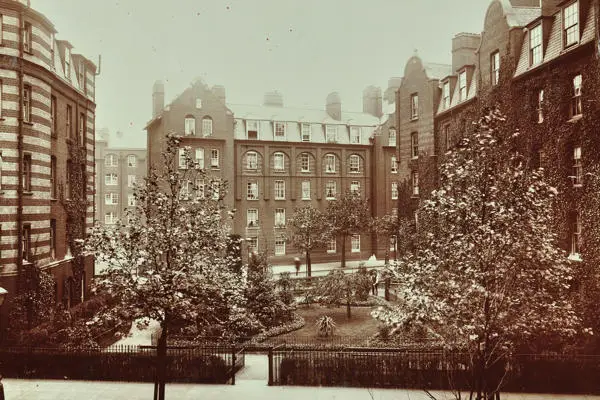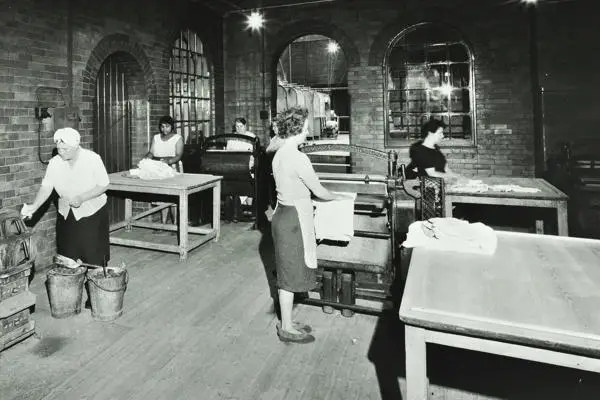Boundary Estate
Introduction to London's Grand Designs
London is home to some of the world's most striking architecture and innovative engineering. Whether driven by divine purpose or the needs of a growing population, the grand designs of architects and engineers have shaped the identity of the city and the lives of Londoners.
This series of articles, based on a London Metropolitan Archives’ exhibition in Aldgate Square and then Guildhall Yard in 2019, delves into the historical collections at LMA to present drawings and photographs that record the development of some of London’s greatest buildings and structures. The projects cover a wide variety of aspects of life in the capital, from worship to entertainment, transport to housing, and all add to the story of the developing city. Many are still present today, but others have not survived the passage of time and exist only in memory and archives.
The Boundary Estate
The world’s first council housing estate, introduced by Daniel Albon.
The Housing of the Working Classes Act, 1885 provided a number of measures through which local authorities could develop new housing stock and tackle the problem of the ‘slums’ (areas of low-quality accommodation, usually associated with poverty and crime).
In London, it wasn’t until the formation of the London County Council (LCC) in 1889 that these new measures were utilised. One of the first areas to be reviewed by the LCC was a slum known as the Old Nichol, on the edge of Shoreditch and Bethnal Green. The area was renowned for its dreadful living conditions and extreme poverty; it even gave rise to a bestselling novel A Child of the Jago by Arthur Morrison.
The slum was replaced by the Boundary Street scheme, designed for the LCC by Owen Fleming. Officially opened in 1900 by the Prince of Wales, the new estate provided five storey tenement blocks and housed 5,524 people in 1,069 separate residences. The centrepiece of the estate was Arnold Circus, a raised ornamental garden. The architectural style chosen by the LCC’s architects took inspiration from one of the great architects of the period, Richard Norman Shaw.

The scheme demolished 730 houses, displaced over 5000 people and even renamed Old Nichol Street in its determination to vanquish the slum, yet the residents of the Old Nichol were not rehoused in the new accommodation.
However, the Boundary Estate was arguably the world’s first council estate. In its day, it was considered revolutionary for the facilities it provided for residents: 18 shops, a surgery, workshops, a central laundry with bathrooms, two clubrooms and sites for two schools. Today, the tenement blocks remain and, along with the bandstand on Arnold Circus, are Grade II listed.

Further reading
- General information about records relating to housing schemes held by LMA.
- Many more images of the Boundary Estate may be viewed on the London Picture Archive.